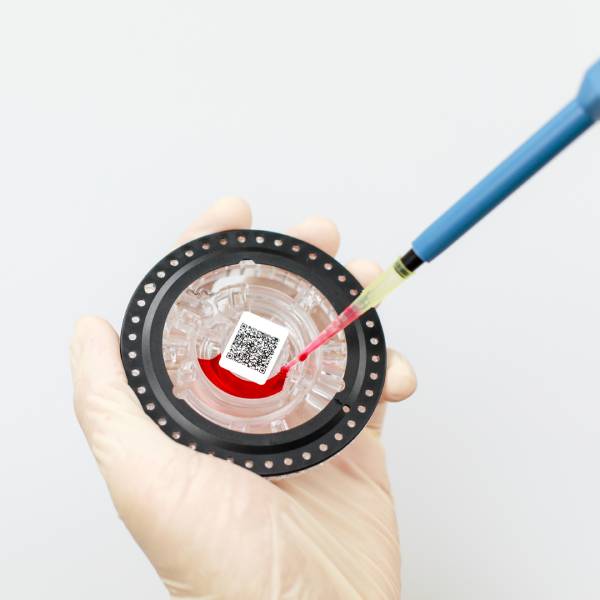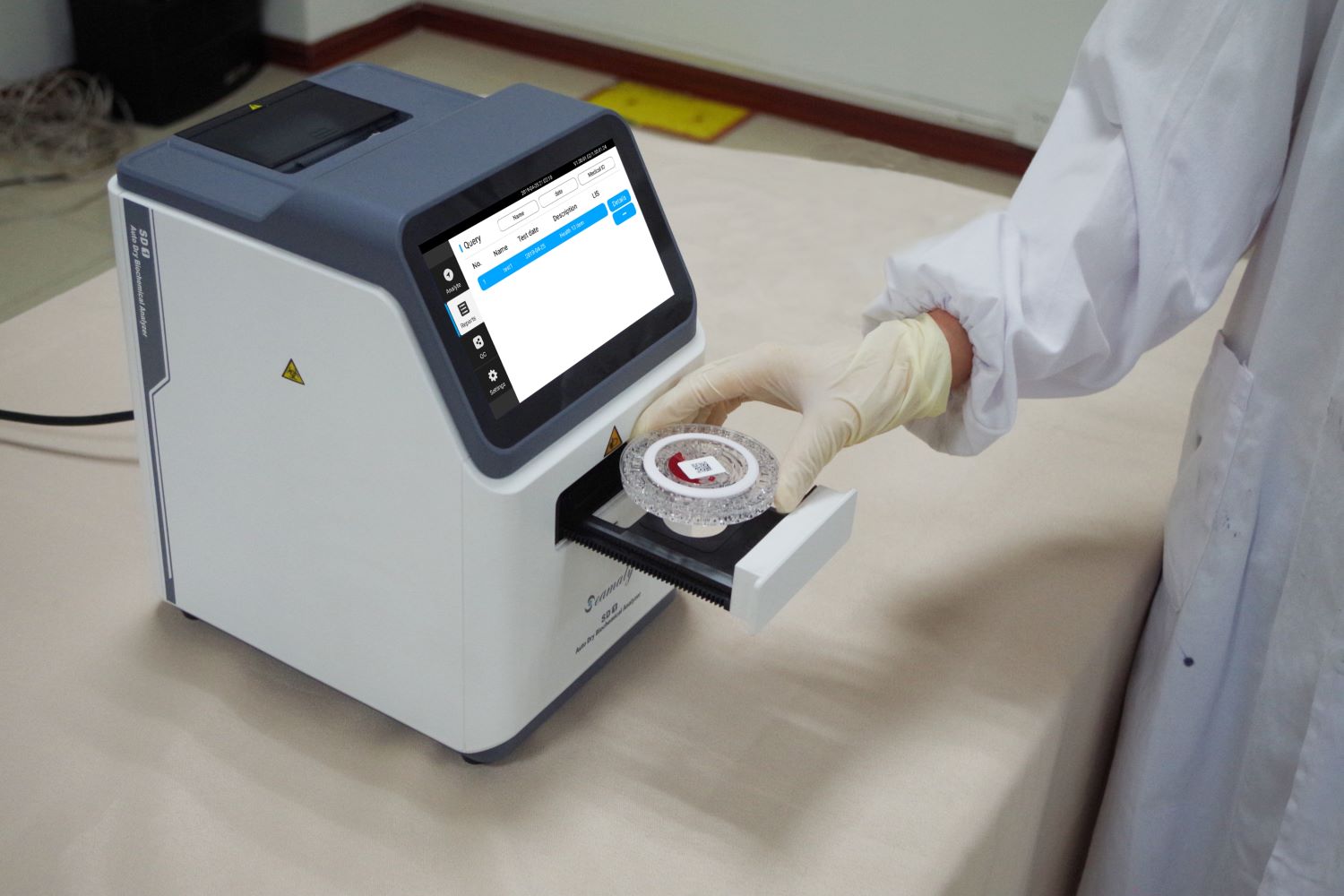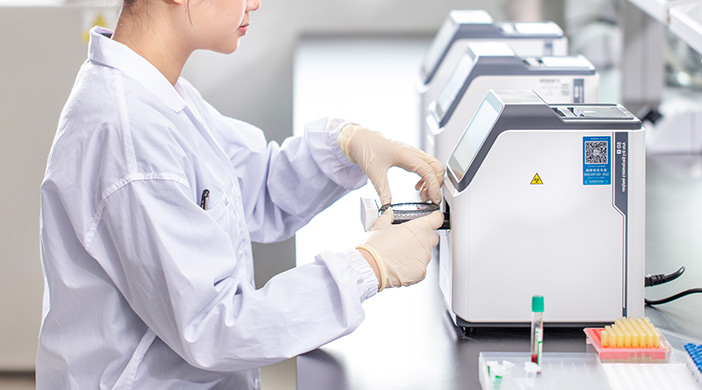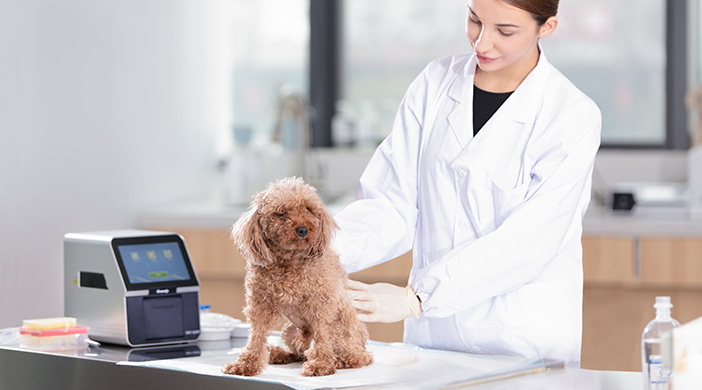Hyperlipidemia refers to high blood lipid levels, a disease in which lipid levels are higher than the normal range due to abnormal fat metabolism. With the rapid development of social economy, people's living standard has gradually improved, but the time for exercise has become less and less. This has led to a trend of increasing incidence of hyperlipidemia year by year. The number of hyperlipidemia test samples encountered in the clinic is also increasing.
Hyperlipidemia can cause some degree of interference with various
biochemical tests. This has been a major problem for biochemical testing programs. If the interference of hyperlipidemia with biochemical tests is not eliminated in a timely manner, the results of biochemical tests will be affected to a certain extent, which will indirectly cause the doctors to make errors in the diagnosis of the disease. This poses a great threat to the life and health of patients and must be resolved as soon as possible.
Common methods to eliminate interference of biochemical tests by hyperlipidemia
The main reason why hyperlipidemic specimens interfere with biochemical tests is that the celiac particles in lipid blood cause lipid clouding. Lipid clouding is a type of suspended particle that causes light scattering and makes the specimen look cloudy. This can have some effect on the results of biochemical tests. Therefore, the sample must be processed in advance, and the following methods can be used.
1. High-speed centrifugation
After taking a high-fat blood specimen, it is sealed with a lid and then centrifuged at high speed. The serum can be divided into two layers after high speed centrifugation, and the lower layer of the serum is taken for determination. This can obviously reduce the interference of lipid turbidity on the determination results of ALT, TP, AST, GGT, CRP, etc.
2. Dry chemical method
Dry chemical analysis method mainly uses
dry chemical analyzer for biochemical detection. Dry chemical analyzer mainly adopts Kubel-ka-Munk as the theoretical basis of solid phase reagent technology. It mainly uses the ion-selective electrodes of the differential potential method and reflectance photometry, etc. for detection. When the serum passes through the solid phase of the multilayer film in the instrument, lipid and blood cell substances are intercepted. This method can completely eliminate the influence of lipid turbidity on the biochemical determination results.
3. Specimen refrigeration method
Take the upper layer of clear liquid from the high lipid blood specimen and place it in the refrigerator for storage. The temperature of the refrigerator should be controlled between 1-9℃. After a day of resting in the refrigerator, it can be taken out for biochemical determination, which can effectively reduce the interference of lipid turbidity on the test results.
4. Saline dilution method
Before the biochemical assay, the hyperlipidemia sample is diluted manually. The sample is then placed in an automated biochemical analyzer for testing. When the assay results are available then multiply the dilution times. This method can only eliminate the effect of lipid clouding on the biochemical assay to a certain extent. There is still a degree of error in the results.
5. Ether extraction method
Firstly, add the organic substance ether, which is insoluble in water, to the high lipid blood specimen. Then the specimen was shaken and shaken well. The triglycerides in the hyperlipidemic blood sample are extracted. This method is effective in eliminating the interference of lipid clouding with biochemical assays. However, the addition of other chemicals to the specimen can affect the results of some biochemical tests to some extent.
These are the 5 common methods to eliminate the interference of high blood lipids on biochemical tests.



